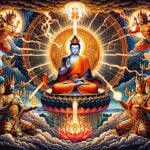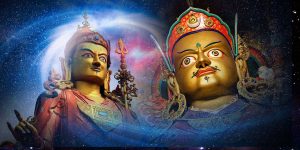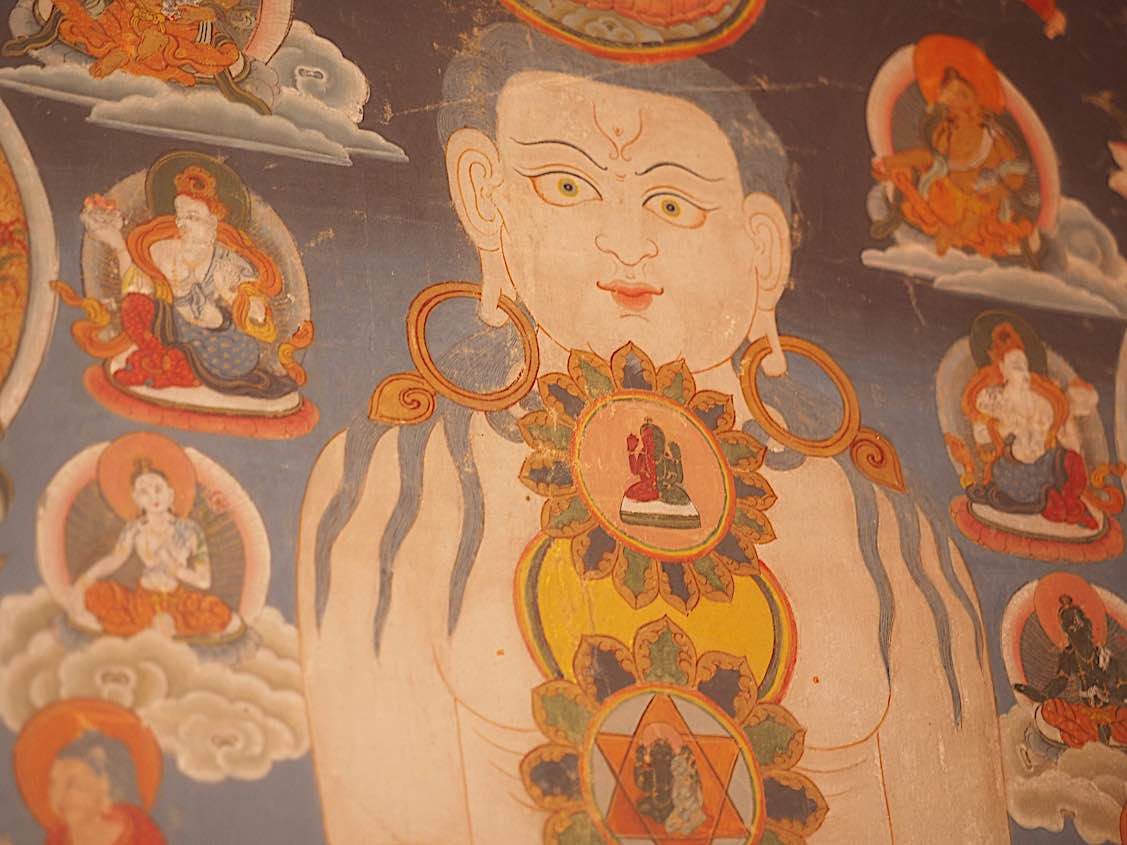Mindfulness of Feelings Meditation: Overcoming Negative Feelings and Using Discriminating Alertness of Feelings in Your Practice: Mahamudra Teachings
“If You Don’t Feel Anything, It Can Be a Problem”
“Feelings are part of us,” said Venerable Zasep Tulku Rinpoche, during a mini-retreat on Mahamudra and “mindfulness of feelings” in Owen Sound. “It’s part of our life. Because we are sentient beings. We have a life. We have a body. We have mind — consciousness. And we feel things. Feelings are good. If you don’t feel anything, it can be a problem… without feelings, we are not able to move forward. Feelings are a natural thing.”
Happy/ Unhappy?
To simplify the teaching, Rinpoche demonstrated with happy-unhappy. “When, for example, we have happy feelings, we get, maybe, kind of excited. When we have unhappy feelings we feel sad” — sometimes triggering other emotions and issues and “mental defilements.” He cautioned that strong and negative emotions tend to create “a chain reaction, creating more and more unhappiness, more complicated, more entangled.” This is because with unhappiness we tend to “react, and go through different stages of suffering.”
“Instead of trying to look at right and wrong, good and bad, with Mindfulness of Feeling we just simply meditate on feelings with… observation.” To do this meditation, “we’re not targeting or looking for particular feelings. Or, to bring up feelings. Or to find out what happened… first we start with resting the mind in the natural state, then observe as feelings naturally come out.”
Discriminating Alertness
This form of discriminating alertness, samprajanya or shezhin, or dranshe in Tibetan, has a life of its own. Shantideva’s fifth chaper of The Guide to the Bodhisattva’s Way of Life, focuses on discriminating alertness or mindfulness. By observing and monitoring, we stay in the present, no longer caught in the past or worrying about the future. We can observe feelings as they arise naturally in the present. Detached, non-analytical observation tends to help these emotions resolve naturally. Rinpoche cautioned us not to “judge” and not to “wish away” feelings.
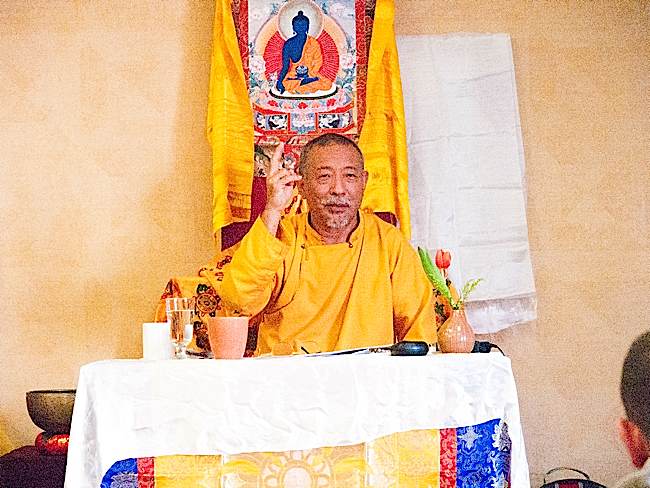
Rinpoche explained that when we try this meditation, we may already have some strong feelings from earlier in the day which will arise naturally. Otherwise, if we rest the mind, the feelings will rise anyway.
“The feelings come out when we meditate. Whatever you experience, you just observe. Just observe your sadness. Don’t judge, don’t ‘wish away’, don’t suppress, don’t pretend it doesn’t exist. Observe and acknowledge. ‘I have this feeling. This feeling is in me.’ First recognize, observe. That’s the first step. Then, when you observe, secondary feelings will come up… don’t be afraid of it.”
If You Observe Negative Feelings, They Subside Naturally
“When you are the ‘observer’ you have more strength and awareness. This is the observer. When you are aware, and you realize ‘this feeling is here’, but you realize it is a natural thing. When you have awareness, mindfulness, of the feeling, reaction subsides. If you observe long enough it will subside… our defilements, emotions and negative feelings, if you have the awareness, mindfulness, it will evaporate. It will subside. It will purify. It will dissolve. Then, we can let it go. It will go away itself. Then, we can say ‘goodbye!’ We don’t hold it anymore. We don’t panic. We don’t have to run away from this… you can just let it go. Let it pass”
There are three steps to the meditation on feelings.
“First, acknowledge and recognize. Second, experience. Third, let go.”
Rinpoche guided the attendees through a Mindfulness of Feelings session.
Video teaching on Vipashyana Meditation
The Main Purpose: Examine Our Minds
In Mahamudra, the main purpose of mindfulness of feelings is not to help us deal with negative emotions and issues—although it’s a wonderful side-benefit. The goal of Mahamudra is nothing less than to examine our own minds.
What differentiates Mahamudra mindfulness meditations from what is typically thought of as ordinary mindfulness, is the subject: what do we observe? In typical mindfulness meditation, you might watch the breath, or just watch the thoughts that arise naturally in your mind. In Mahamudra, once we have mastered the foundation practices, we then focus on observation of “awareness” itself, rather than just observing an “object” of the moment, such as breath.
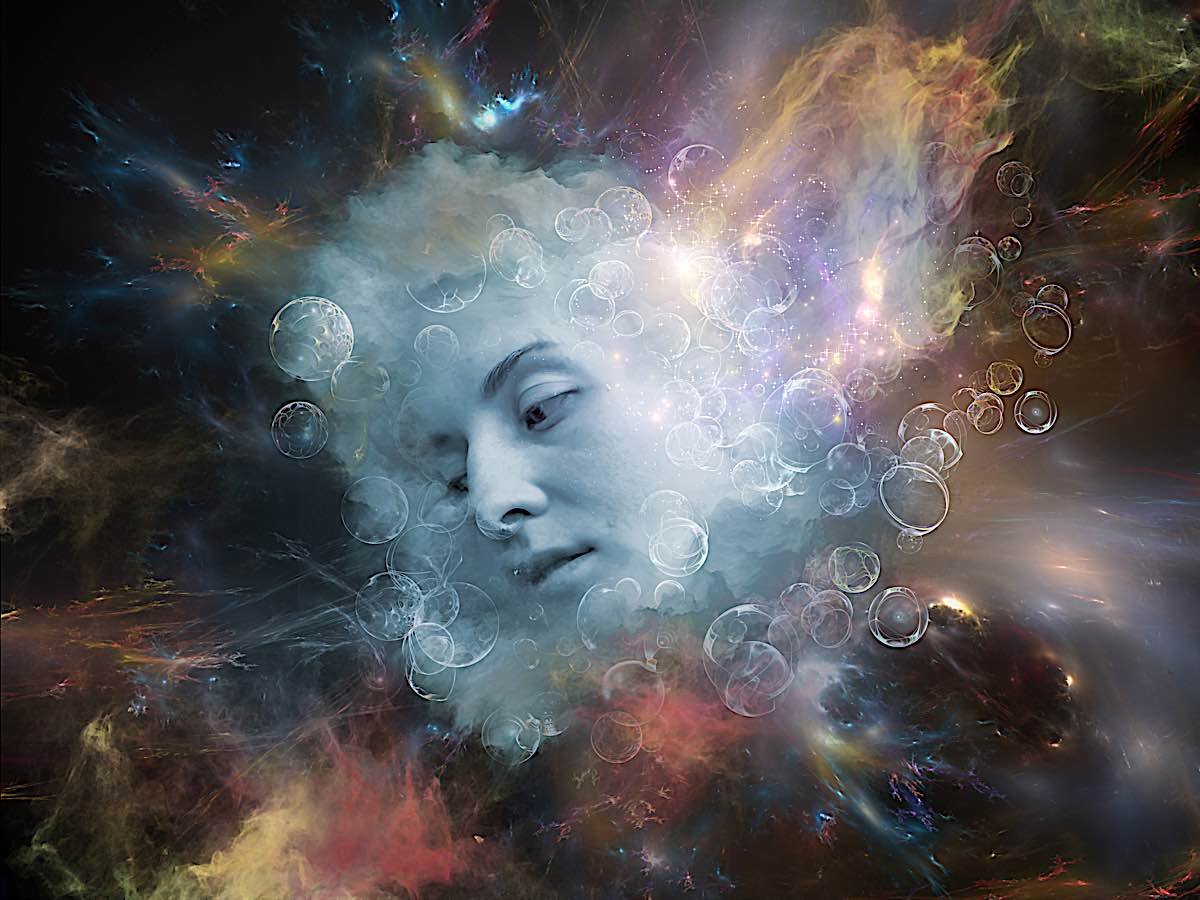
Mindfulness of awareness — rather than object — is an important distinction. This advanced level of mindfulness practice is made possible through first training the five foundations, which begin with mindfulness of “object”, such as breath or feelings. In previous sessions in this teaching (links below), Rinpoche covered “mindfulness of breath”, as the first foundation, then “mindfulness of body” through “body scanning” in session two. In session three, he asked meditators to focus on “mindfulness of feelings.” All of these are preliminary meditation practices where we observe, mindfully, an object.
About Zasep Tulku Rinpoche
Aside from teaching style and personality, what defines the credibility of a great teacher—at least for me—is: experience, compassion and care, and deep and profound teachings rooted in irrefutable lineage.One added dimension, in the case of Zasep Tulku Rinpoche, is a passion for languages. His ability to master languages—six languages fluently—allowed him to communicate teachings to a wide variety of students.

Zasep Tulku is the spiritual head of a number of Buddhist Centers, including Gaden Tashi Choling Retreat Centre in Nelson, BC, Canada, Vancouver, BC, Calgary, Alberta, Toronto, ON, Ottawa, ON, Thunder Bay, ON, Seattle, WA, Moscow, ID, Kalamazoo, MI, and Tasmania, Australia.
Full Biography of Zasep Tulku Rinpoche here>>
About Host Theodore Tsaousidis
One of the hosts of the event is Theodore Tsaousidis, a student of Zasep Tulku Rinpoche who is authorized to teach. Born in a rural community in Greece surrounded by mountains and valleys, he was profoundly shaped by nature and the ancient tradition of village elders and healers. His connection to nature and the spirit world is an integral part of who he is – as is his dedication to the Zen training he has followed for 30 years. He is also blessed by the guidance of the Venerable Zasep Tulku Rinpoche. His healing and shamanic sharing stem from, his cultural roots, personal experience. and Tibetan and Buddhist traditions. Theodore sees shamanism and meditation as a great alchemy for the healing of self and other.
More articles by this author
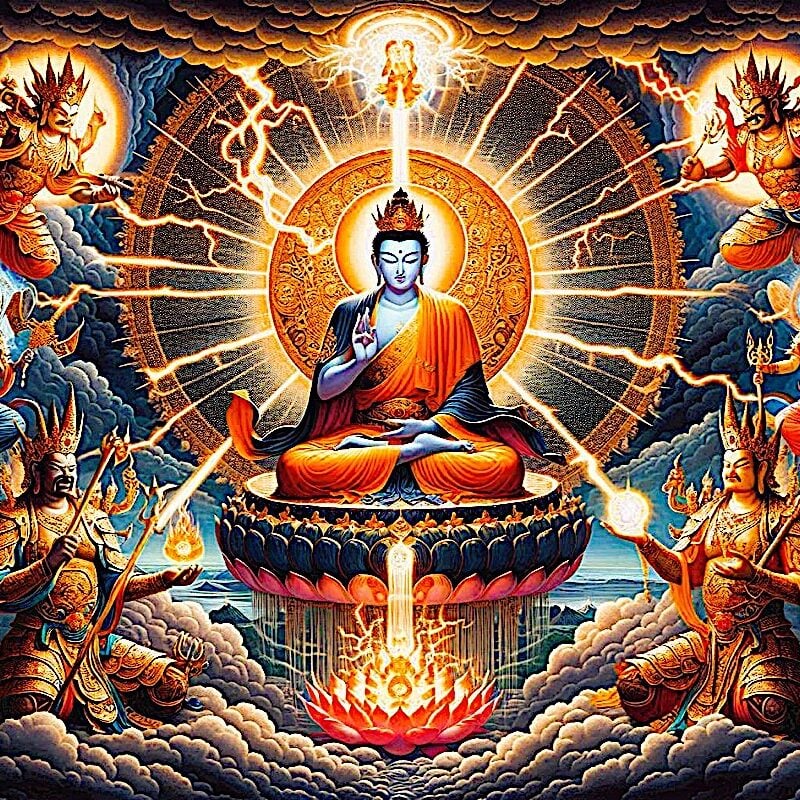
Protection from all Harm, Natural Disaster, Weather, Spirits, Evil, Ghosts, Demons, Obstacles: Golden Light Sutra: Chapter 14

Guru Rinpoche is ready to answer and grant wishes: “Repeat this prayer continuously” for the granting of wishes
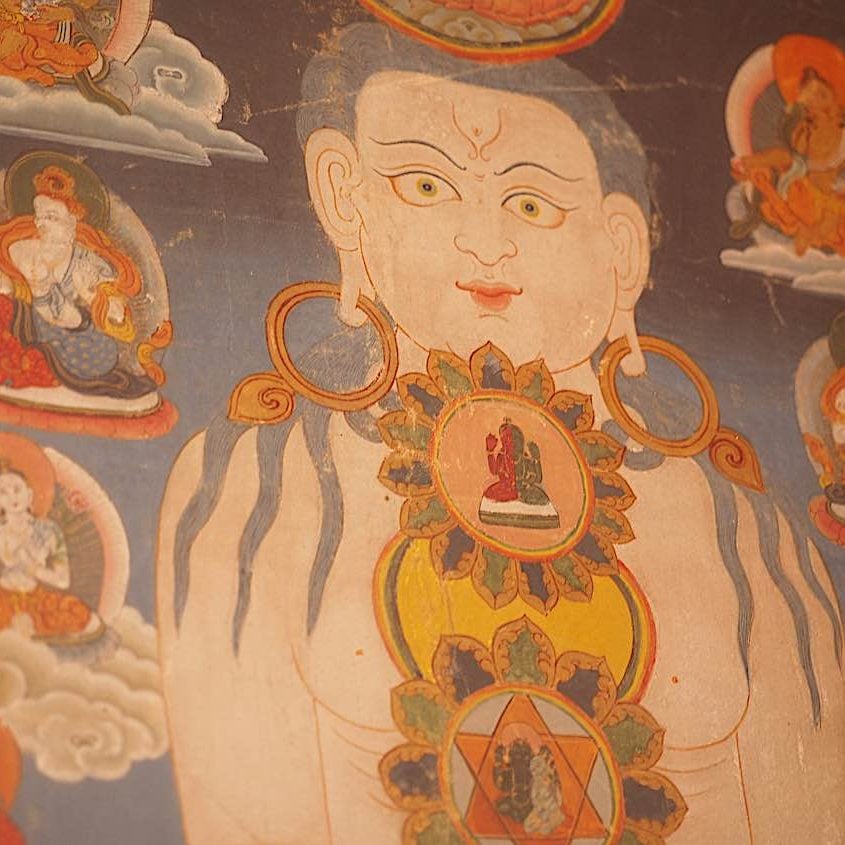
Buddhist body mandala practice in Vajrayana Buddhism — and riding the winds of the inner body “The prana goes where the mind goes.””
Search
Latest Features
Please support the "Spread the Dharma" mission as one of our heroic Dharma Supporting Members, or with a one-time donation.
Please Help Support the “Spread the Dharma” Mission!

Be a part of the noble mission as a supporting member or a patron, or a volunteer contributor of content.
The power of Dharma to help sentient beings, in part, lies in ensuring access to Buddha’s precious Dharma — the mission of Buddha Weekly. We can’t do it without you!
A non-profit association since 2007, Buddha Weekly published many feature articles, videos, and, podcasts. Please consider supporting the mission to preserve and “Spread the Dharma." Your support as either a patron or a supporting member helps defray the high costs of producing quality Dharma content. Thank you! Learn more here, or become one of our super karma heroes on Patreon.
Lee Kane
Author | Buddha Weekly
Lee Kane is the editor of Buddha Weekly, since 2007. His main focuses as a writer are mindfulness techniques, meditation, Dharma and Sutra commentaries, Buddhist practices, international perspectives and traditions, Vajrayana, Mahayana, Zen. He also covers various events.
Lee also contributes as a writer to various other online magazines and blogs.




